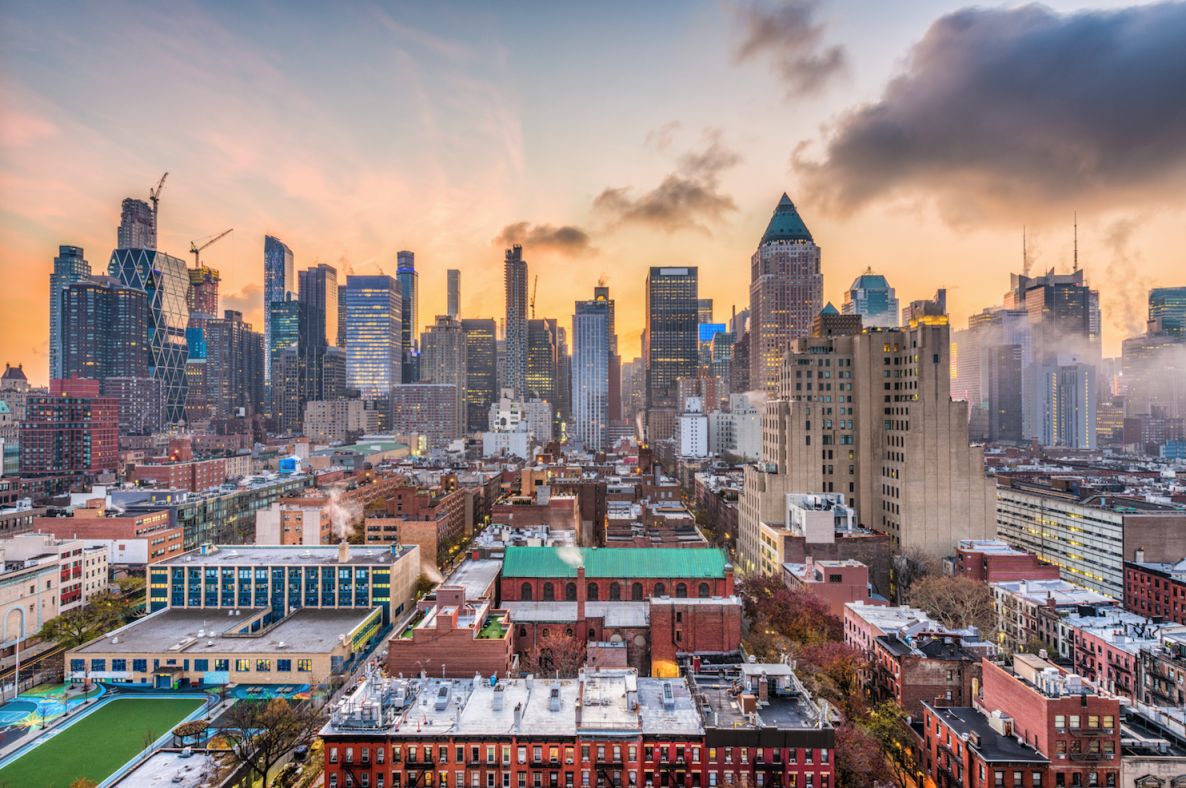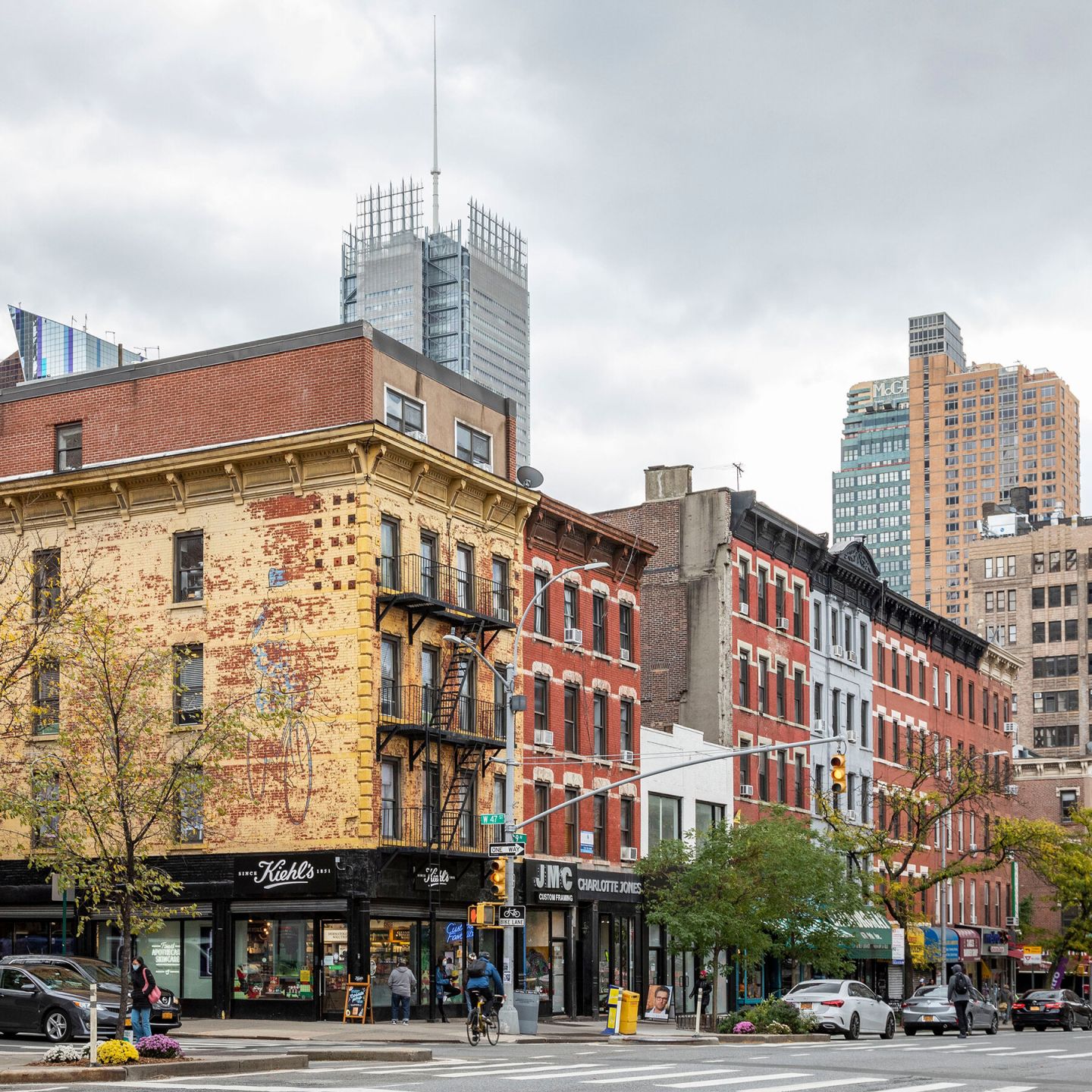
Hell’s Kitchen New York: A Vibrant Neighborhood with a Rich History
What do you mean by Hell’s Kitchen?
Hell’s Kitchen, also known as Clinton, is a neighborhood located on the west side of Midtown Manhattan in New York City. It is bordered by 34th Street to the south, 59th Street to the north, Eighth Avenue to the east, and the Hudson River to the west. Hell’s Kitchen has a reputation for being a gritty and rough neighborhood, but in recent years, it has undergone significant gentrification and has become a trendy and desirable place to live.
How did Hell’s Kitchen get its name?

The origin of the name Hell’s Kitchen is uncertain, with several theories floating around. One popular belief is that the name originated from a sarcastic remark made by a police officer who compared the area to Hell due to its high levels of crime and violence. Another theory suggests that the name came from a local gang known as the Hell’s Kitchen Gang that operated in the area in the late 19th century.
What is known for Hell’s Kitchen?
Hell’s Kitchen is known for its vibrant dining and entertainment scene. The neighborhood is home to a plethora of restaurants, bars, and theaters, making it a popular destination for foodies and culture enthusiasts. Hell’s Kitchen is also known for its diverse population, with residents hailing from all walks of life and cultural backgrounds.
Solution for Hell’s Kitchen?
In recent years, Hell’s Kitchen has undergone significant gentrification, with many old tenement buildings being converted into luxury apartments and high-end retail spaces. This has led to an influx of wealthier residents and businesses, transforming the neighborhood into a trendy and upscale area. However, this has also led to rising rents and the displacement of long-time residents, sparking concerns about gentrification and affordability in the area.
Information about Hell’s Kitchen
Hell’s Kitchen has a rich history dating back to the 19th century when it was a hub for Irish and German immigrants. The neighborhood has seen its fair share of struggles and challenges over the years, including crime, poverty, and urban decay. However, Hell’s Kitchen has also been a center of creativity and cultural innovation, with many artists, writers, and musicians calling the neighborhood home.
Conclusion
In conclusion, Hell’s Kitchen is a neighborhood with a storied past and a bright future. With its diverse population, vibrant dining scene, and rich history, Hell’s Kitchen continues to be a dynamic and exciting place to live and visit in New York City.
FAQs about Hell’s Kitchen:
1. What are some popular restaurants in Hell’s Kitchen?
Some popular restaurants in Hell’s Kitchen include The Marshal, Taboon, and Mercato.
2. Is Hell’s Kitchen a safe neighborhood to live in?
While Hell’s Kitchen has improved significantly in terms of safety in recent years, like any urban area, it is always best to exercise caution and be aware of your surroundings.
3. How has gentrification impacted the residents of Hell’s Kitchen?
Gentrification in Hell’s Kitchen has led to rising rents and the displacement of long-time residents, posing challenges for the community’s affordability and diversity.
4. What are some popular attractions in Hell’s Kitchen?
Some popular attractions in Hell’s Kitchen include Times Square, Hudson Yards, and the Intrepid Sea, Air & Space Museum.
5. How can I get to Hell’s Kitchen using public transportation?
Hell’s Kitchen is well-served by public transportation, with several subway lines and bus routes running through the neighborhood, making it easily accessible from all parts of New York City.

I am a beginner writer who continues to learn and consistently creates informative articles to express the ideas that I master.


